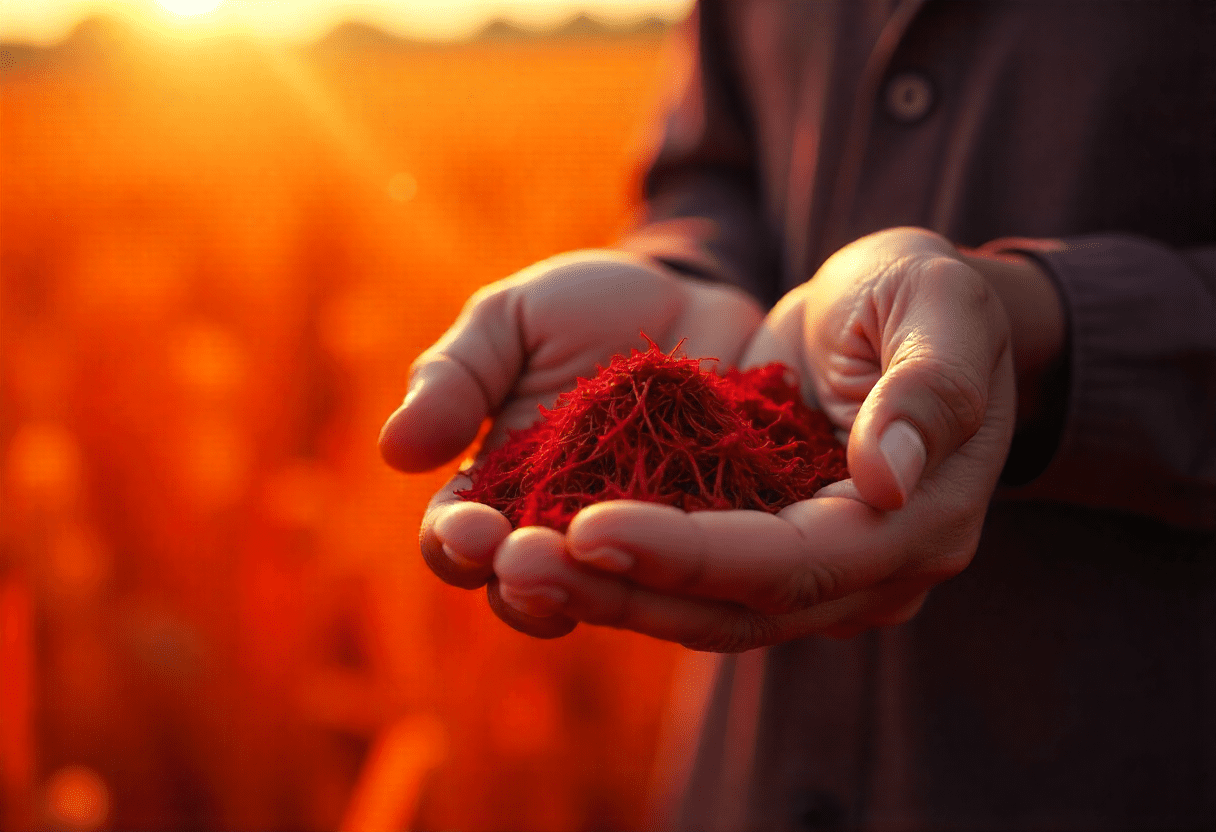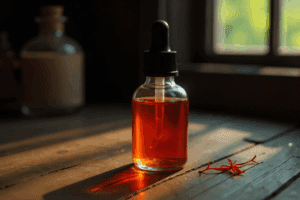Saffron is often called “red gold”, not just for its vibrant color and price tag, but for its deep roots in tradition, wellness, and culinary artistry. As we prepare to launch Zarafron and introduce premium saffron products rooted in Persian heritage, we’re exploring every detail of quality, including how to keep it fresh for as long as possible.
Curious about saffron’s shelf life, how to store it, or whether it can “go bad”? You’re not alone. Here’s what we’ve learned while building Zarafron’s quality standards and getting ready to share our first products with you.
Does Saffron Expire?
Saffron doesn’t spoil like fresh produce, but it can lose vibrancy, aroma, and wellness benefits over time. The delicate compounds that make this botanical so special (crocin, safranal, and picrocrocin) gradually break down, especially if you don’t store it properly.
How Long Does Saffron Last?
Threads
When you store high-quality threads in an airtight container, away from light, heat, and moisture, they maintain their best flavor and color for 12 to 24 months. Over time, the color and aroma naturally fade.
Powdered Saffron
This form loses potency faster than threads, typically within 6 to 12 months.
Infused Products (like elixirs or tonics)
Shelf life depends on the full ingredient list and packaging. We’re working on our formulations and will always share clear “best by” dates when Zarafron launches.
How Do You Know If Saffron Is Past Its Prime?
Faded Color
Premium saffron is a deep crimson. If it looks pale or yellowish, it’s likely lost some potency.
Weak Aroma
Fresh saffron has an earthy, honeyed, floral scent. If you notice a musty or dull smell, it may be time to replace it.
Dull or Bitter Taste
Saffron should taste subtly floral and slightly sweet. If it’s flat or bitter, it’s no longer at its best.
Visible Mold or Moisture
Any sign of clumping, stickiness, or mold means you should discard it.
Zarafron’s Approach to Freshness
At Zarafron, we’re committed to sourcing saffron that’s pure, lab-tested, and packaged for optimal freshness. Our goal is to provide clear harvest dates, batch information, and storage tips with every product so you always know your saffron is at its peak.
We’re also exploring QR codes for traceability and lab results. This way, you can trust the quality and freshness of every Zarafron product from the very first launch.
Storing for Maximum Freshness
While we’re still in pre-launch mode, here’s what we recommend:
Airtight Containers
Oxygen degrades saffron, so use glass jars or metal tins.
Cool, Dark Place
Sunlight and heat are saffron’s enemies. Store it in a cupboard, never the fridge or freezer.
Keep It Dry
Moisture causes spoilage, so always keep saffron in a dry environment.
Separate from Strong Odors
Saffron absorbs other scents easily, so store it away from strong spices.
Looking Ahead
We can’t wait to share Zarafron’s premium saffron and saffron-rich wellness with you. In the meantime, we’re dedicated to transparency, education, and building a brand you can trust for both quality and tradition.
Want to join our waitlist and be the first to know when Zarafron launches? Sign up for early access and updates. We’d love to welcome you to our growing community!




